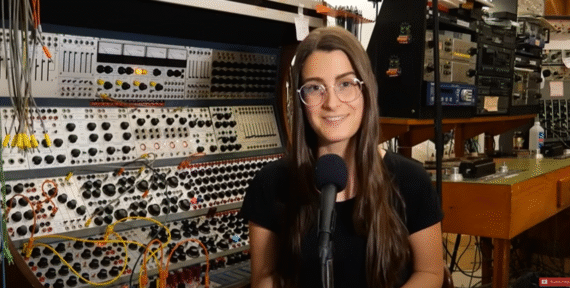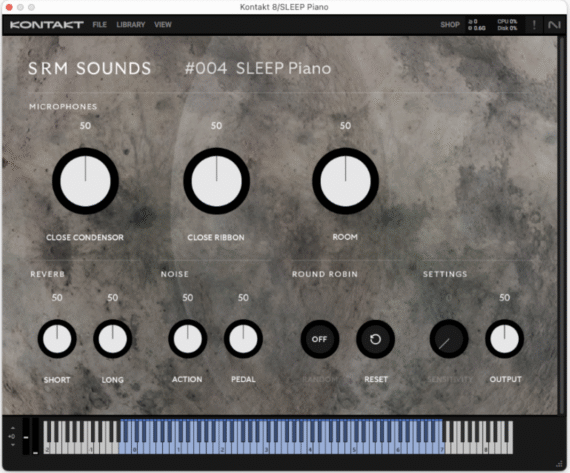Exploring Buchla 200 System, aka The Electric Music Box
Synthesist and music educator Sarah Belle Reid – latest video – takes an in-depth look at the Buchla 200 Series modular system, aka The Electric Music Box.
While once a fairly esoteric system, the 200 Series has recently become a mainstream modular system, thanks to the collaboration between Tiptop Audio and Buchla USA to reissue the modules in Eurorack form.
Reid’s video offers a history of the Buchla 200, an overview of the system and its capabilities, and a variety of musical examples.

Topics covered:
00:00 Introduction
2:22 200 Series History
9:15 System Overview (Sound Generation)11:56 System Overview (Mixing Facilities)
13:34 System Overview (Control Voltage Generation and Processing)
17:04 200 Series Workflow Improvements
22:46 Dynamic Timbral Modification
39:44 Polyphonic Signal Generation
49:15 Spatial Location and Mixing
59:04 Complex Pattern Generation
1:10:22 Expressive Interaction in the 200
1:21:13 What is an Electric Music Box?
Video Summary:
“In the spring of 2025, musician/educator Sarah Belle Reid spent a week at the Stony Brook University Electronic Music Studio, working closely with their original Buchla 200 Series modular synthesizer. Built in the early 1970s by pioneering instrument designer Donald Buchla & associates, this rare instrument is one of the few surviving and fully intact systems of its kind. Moreover, the Stony Brook 200 Series instrument in particular has its own rich history, having been used by respected electroacoustic composers such as Bülent Arel and Daria Semegen.
At the time of its creation, the Series 200 Electric Music Box was revolutionary. Its forward-thinking design introduced new ways of shaping sound and interaction that set it apart from other synthesizers of the era. However, because so few systems were ever produced, ownership was largely limited to university studios and research centers. As a result, the instrument remained relatively obscure outside of academic and experimental music circles.
But, over the past 10–15 years, public awareness of the Buchla 200 has increased dramatically—and it has become a significant influence on the world of electronic music and instrument design. The design of the Buchla 200 has become a common point of reference and inspiration for countless contemporary instrument makers, despite the fact that a relatively small number of original 200 Series instruments were ever made.
Due to its rarity, very few musicians have had the opportunity to interact with an original 200 system firsthand. Reid’s video aims to help bridge that gap by sharing the instrument’s sound, design philosophy, and aesthetic intentions with a wider audience.
Reid’s video begins with a brief historical overview of the Buchla 200 Series and its role in the rapidly evolving landscape of 1970s electronic music. From there, she offers a detailed walkthrough of the system, exploring each module with sound demonstrations and examples. The presentation concludes with Reid’s reflections on the Buchla 200’s design philosophy, offering insights into the types of musical interaction the instrument was built to encourage (and why it continues to resonate with musicians and designers today).
This video was created in collaboration with the Buchla Archives, an organization dedicated to the thorough and thoughtful documentation and preservation of Donald Buchla’s work.”



